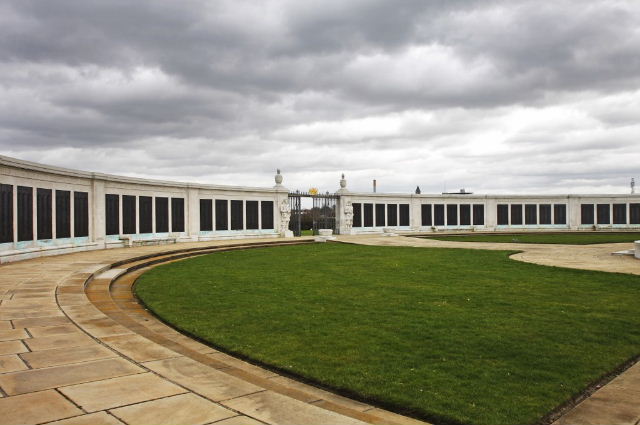Wartime Service
The battlecruiser HMS Inflexible, was part of Sturdee’s squadron which sank the Scharnhorst and Gneisenau at the Battle of the Falklands in December 1914.
In October 1914 Turkey entered the war against the Allies and closed the Dardanelles preventing the Allies reinforcing the Russian Black Sea fleet. In response to Turkey’s attack in the southern Caucasus a plan was conceived to destroy Turkey’s only munitions factory and ultimately to knock Turkey out of the war by a naval attack through the Dardanelles. However the Turks and their German military advisers had been forewarned. On 3rd November 1914 the Dardanelles Forts were bombarded by the British and French fleets.
Turkish strategy was under German control and was to threaten British interests and bring about as large a diversion as possible of British man-power and material, which would otherwise be available for use against the German army. The Turks carried out these instructions towards Egypt and the Suez Canal and in Mesopotamia. The Gulf’s importance grew with the discovery of oil. It was also believed that Germany had made plans to colonise Mesopotamia.
269 Squadron Royal Flying Corps was formed at Port Said as was the Anglo-French Indomitable and the Indefatigable Seaplane Unit for the defence of the Suez Canal.
In January 1915 she became Admiral Carden’s flagship in the Mediterranean squadron.
On 13th March 1915 Room 40 had intercepted a ‘Most Secret’ message from the German Admiralty to Constantinople dated 12th March, to the effect that the enemy’s ammunition had run dry in the Dardanelles. In short, the British Government argued about how much should be spent on to win over the Turks. One suggestion of £4,000,000 was put down.
On 18 March 1915, a resumed – a gallant yet failed attempt was made by an Allied naval squadron to force a way through the Dardanelles to threaten Constantinople. It was hoped that naval power with the aid of seaplanes alone would suffice but in March 1915 two Allied battleships the ‘Ocean’ and the ‘Irresistible’ had been lost to unlocated Turkish drifting mines or torpedoes unseen by the airmen. Most of the crews were saved. The French warship ‘Gaulois’, a French battleship, the ‘Bouvet’, and the British battle-cruiser ‘Inflexible’, which had helped to destroy the Von Spee squadron had been badly damaged by gun-fire. The Inflexible had been Admiral Carden’s flagship.
John Gardner died in the Dardanelles on 18 March 1915, aged 24. The vessel had bombarded Turkish fortifications on the shore and was damaged in return by Turkish gunfire and by a by newly-laid ‘Ramis’ mines attached to floats in Eren Keui Bay. The mine struck her starboard bow by the fore submerged flat, which blew a large hole in her starboard bow, every man in it was killed either by the blow or when it flooded. Although the ship began to list it at once made for Tenedos successfully, but in a rather sad condition. The battle finally put an end to all hopes of forcing the Dardanelles without the assistance of the Army.
Tenedos successfully, but in a rather sad condition. He was buried at sea. The battle finally put an end to all hopes of forcing the Dardanelles without the assistance of the Army.
John Henry Gardner was buried at sea and he is commemorated on Chatham Naval Memorial.
After the failed attempt on 18th March the British Government acceded to the £4,000,000, a huge amount being spend – too late.



